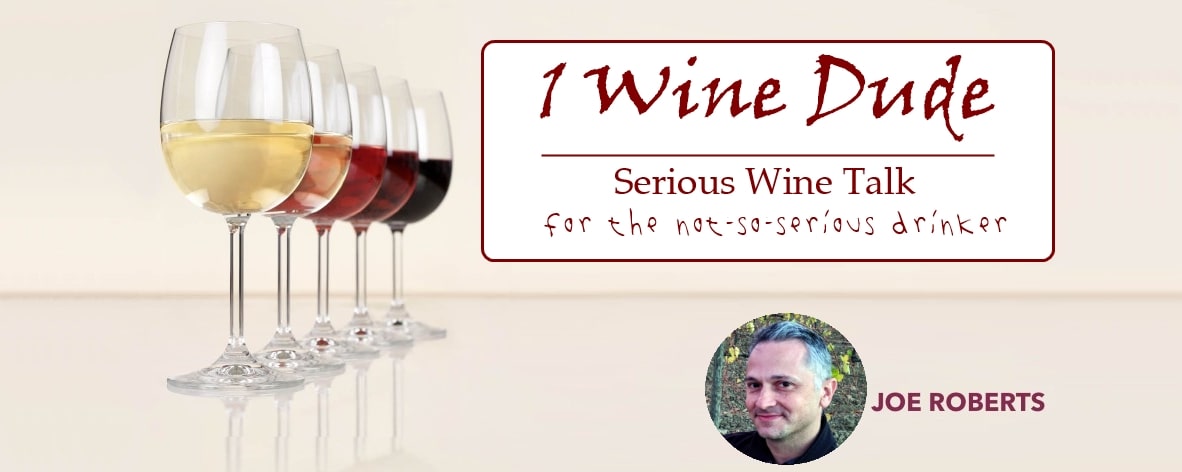“Old vines are great, but they’re, well, old.” Late last year, I had the pleasure of catching up (via Zoom) with Julie Julie Pedroncelli, who (after her father officially retired at the age of 90) is now President of Pedroncelli, a stalwart fixture on the Sonoma wine scense since its founding in 1927. With their…
“The Opposite Direction Than Everybody Else” (Eugenio Collavini Recent Releases)
“There’s no air conditioning, and I am sweating!” The affable Luigi Collavini from Eugenio Collavini says that he’s uncomfortable in his family’s warm wine offices during our online tasting back in August; but you wouldn’t notice it on our Zoom call. Luigi is animated, and clearly eager to share his family’s story (and wines). One…
Wine Reviews: Mini Round-Up for January 6, 2025
2017 La Rioja Alta S.A. Vina Ardanza Reserva (Rioja): Deep, bright, elegant, and still one of region’s most consistently awesome buys. $42 A-
2020 Tenuta Cucco Bricco Voghera (Barolo): Put your old school hat on for this earthy, tangy, and developed tribute to Piedmont’s yesteryear. $92 A-
2017 Bertinga ‘Punta di Adine’ (Toscana): All the lines are clearly delineated in this focused, structured, assertive, and delicious display. $100 A…
The Most Popular 1WineDude Articles of 2024
AS we bid adieu to 2024, we in the wine biz (and probably the world in general) can look towards the future with… a sense of dread and trepidation, probably. So instead, let’s look back on 2024 here on 1WD, as I give you (as reported to me by analytics)… The Top 10 Most Popular…




